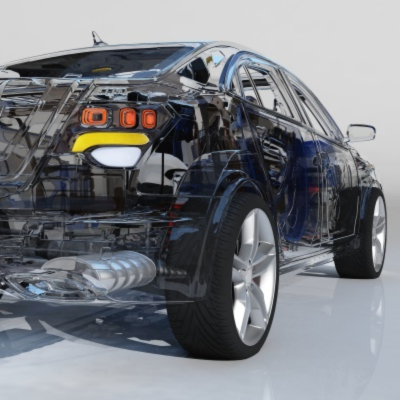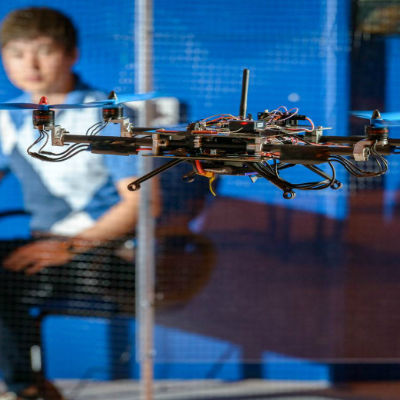You may wish to consider our Automotive Mechatronics MSc, or Autonomous Vehicle Dynamics and Control MSc, which offer similar areas of study.
Discover other opportunities through our course finder.
The future of mobility is autonomous - and ADAS is leading the charge. From intelligent lane-keeping to predictive collision avoidance, advanced driving automation systems are revolutionising how vehicles interact with drivers, infrastructure and each other. This cutting-edge Master’s course was designed for those who want to be at the forefront of this transformation.
Your career
Our previous students secured roles in R&D, within ADAS development teams of automotive manufacturers, consultancies, CAV start-ups, or Tier 1 suppliers. The broader knowledge of the CAV ecosystem also enabled them to move into management roles.
Roles that our students have gone into include:
| Research Engineer at an automotive OEM |
| Sensor Integration Engineer, ADAS, at an automotive OEM |
| Computer Vision Research Engineer, at an automotive Tier 1 supplier |
| Application Engineer, Radar, at an automotive Tier 1 supplier |
| Software Engineer, ADAS and Cybersecurity, at an automotive consultancy |
| Research Specialist, CAV, at an automotive consultancy |
| Autonomous Vehicle Engineer, at an automotive Tier 1 supplier |
Companies that employ our students include:
| Jaguar Land Rover |
| Valeo |
| Continental Engineering Services |
| HORIBA MIRA |
| Oxa |
| SBD Automotive |
| FICOSA |
| Navtech Radar |
Cranfield’s Career Service is dedicated to helping you meet your career aspirations. You will have access to career coaching and advice, CV development, interview practice, access to hundreds of available jobs via our Symplicity platform and opportunities to meet recruiting employers at our careers fairs. Our strong reputation and links with potential employers provide you with outstanding opportunities to secure interesting jobs and develop successful careers. Support continues after graduation and as a Cranfield alumnus, you have free life-long access to a range of career resources to help you continue your education and enhance your career.




